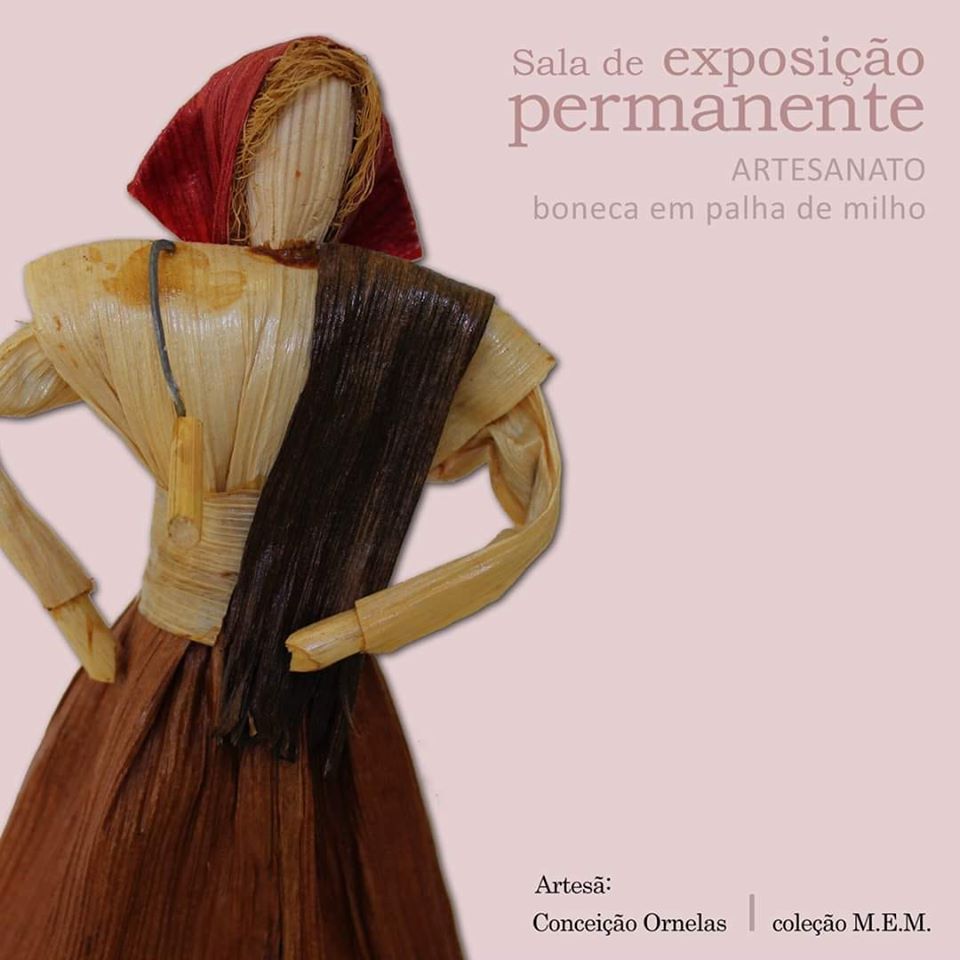Corn culture was much more recent than other cereals. Due to the lack of water, corn only begins to play a growing role in the agrarian landscape of the archipelago on the second half of the 19th century.
Introduced at that time, on a large scale, in the municipality of Santana by farmers sent from the Azores, corn was grown mainly on the northern slope, where water abounded, having spread there on a large scale and acquired a preponderant role in the rural diet.
Corn is harvested when flowering takes place. Corncobs are harvested by leaving the feet with the leaves in the ground. Straw, that is, the bracts (kind of leaves) that involve the corncobs, also popularly called "shirts", were used only in the cattle feeding or for filling mattresses.
As corn straw crafts didn’t have any tradition in our archipelago, Conceição Ornelas, resident in the site of Pinheiro, municipality of Santana, attended, in the 80s of the last century, a professional training in floral arrangements, in which she learned to make figures with the straw of corn and decided to dedicate herself to this craft, selling her dolls in that parish.
She conceived small traditional figures inspired by popular costumes and traditional professions, and also dedicated herself to the design of nativity scenes.
The Collections of the Madeira Ethnographic Museum
Crafts
Credits: Madeira Ethnographic Museum


